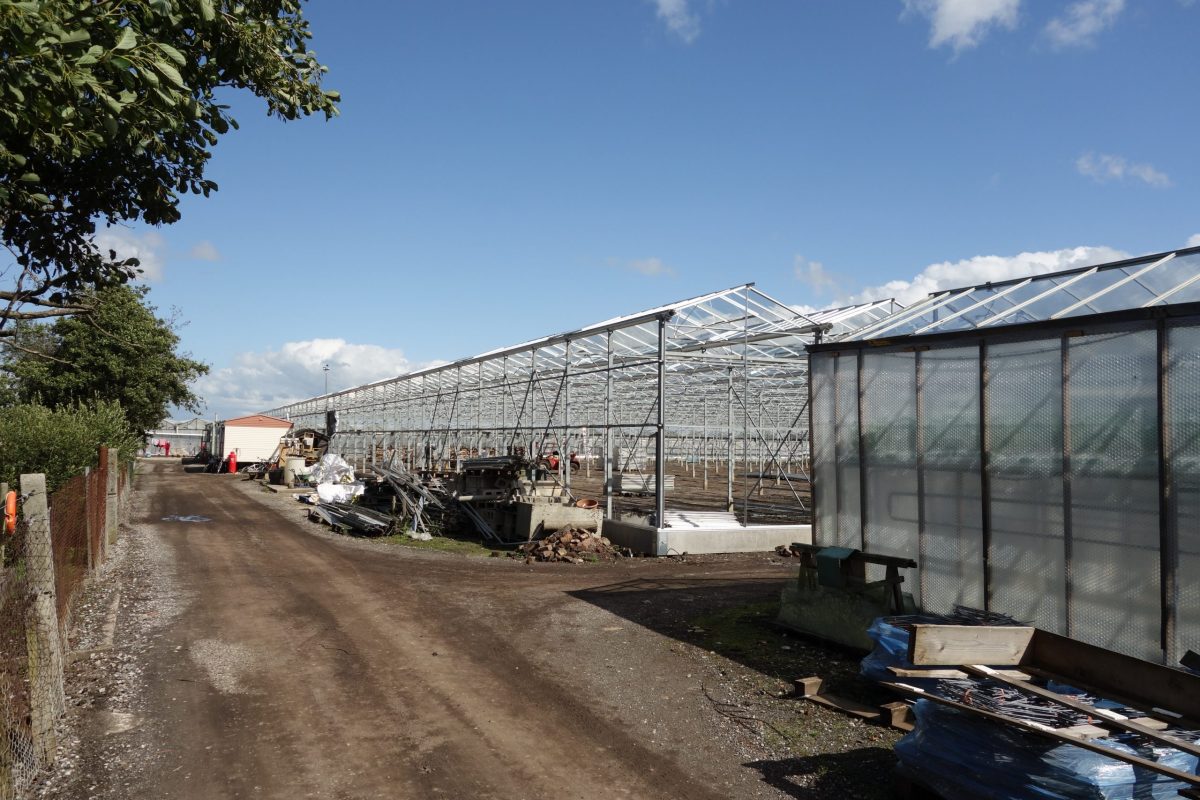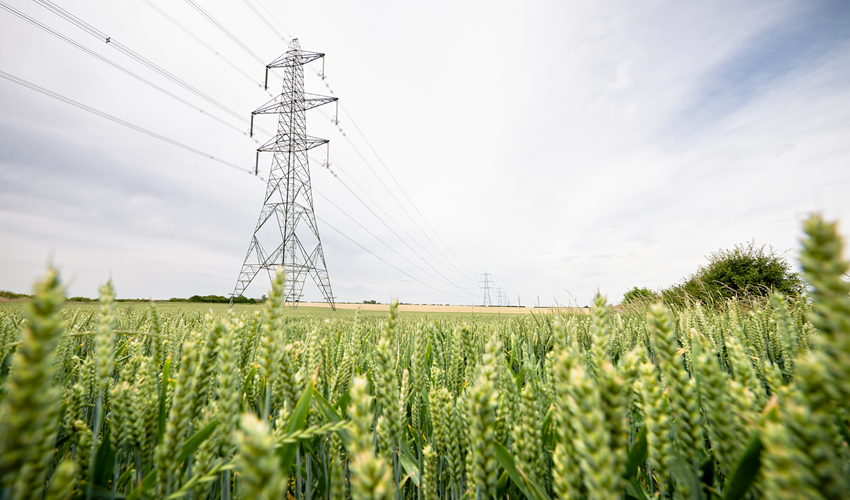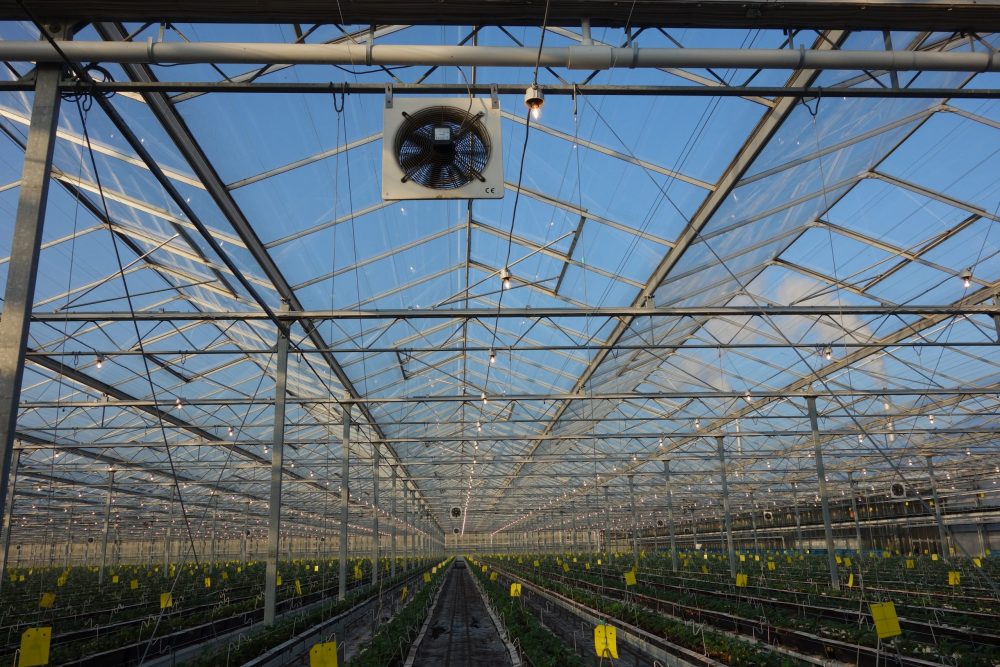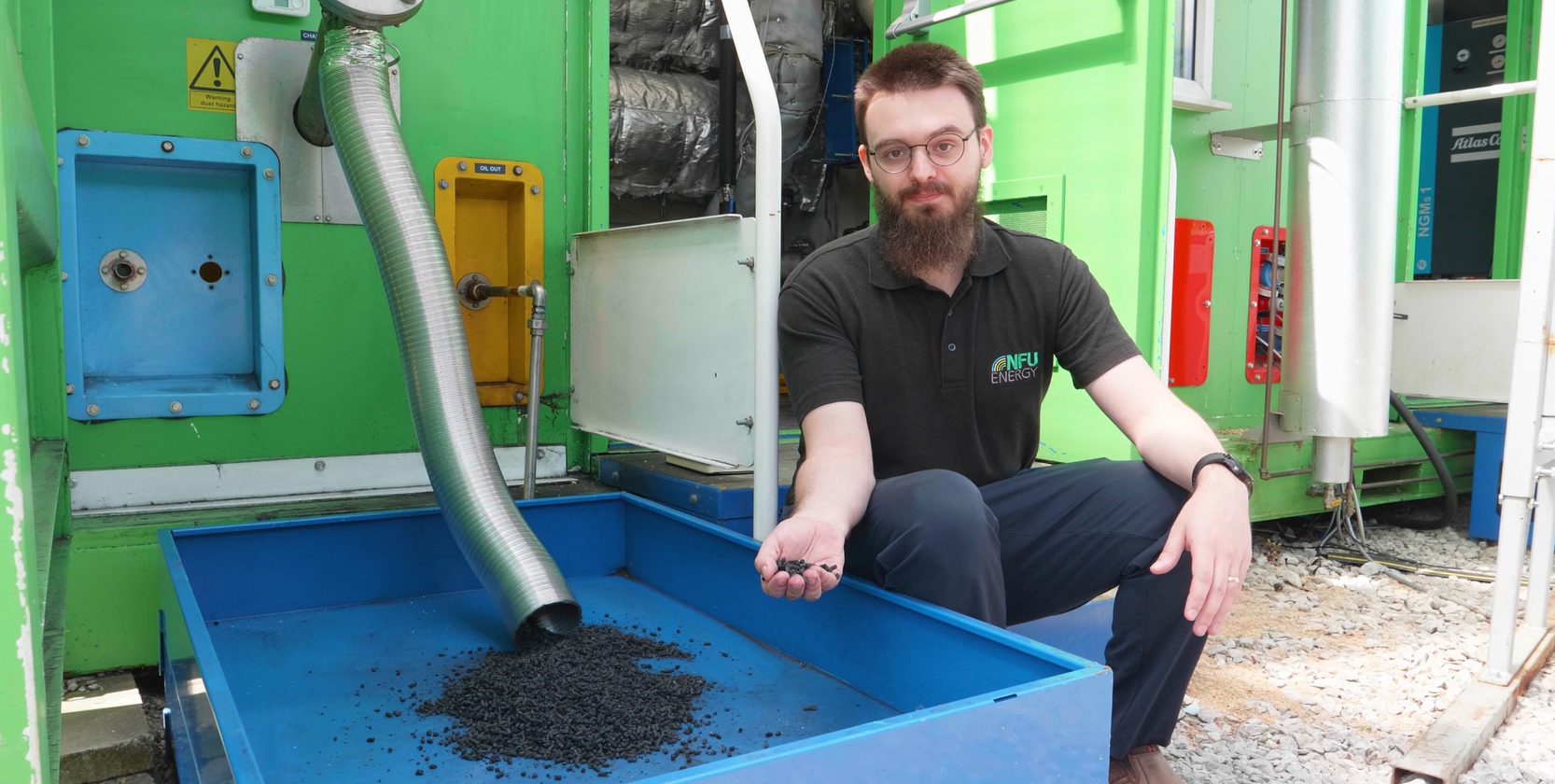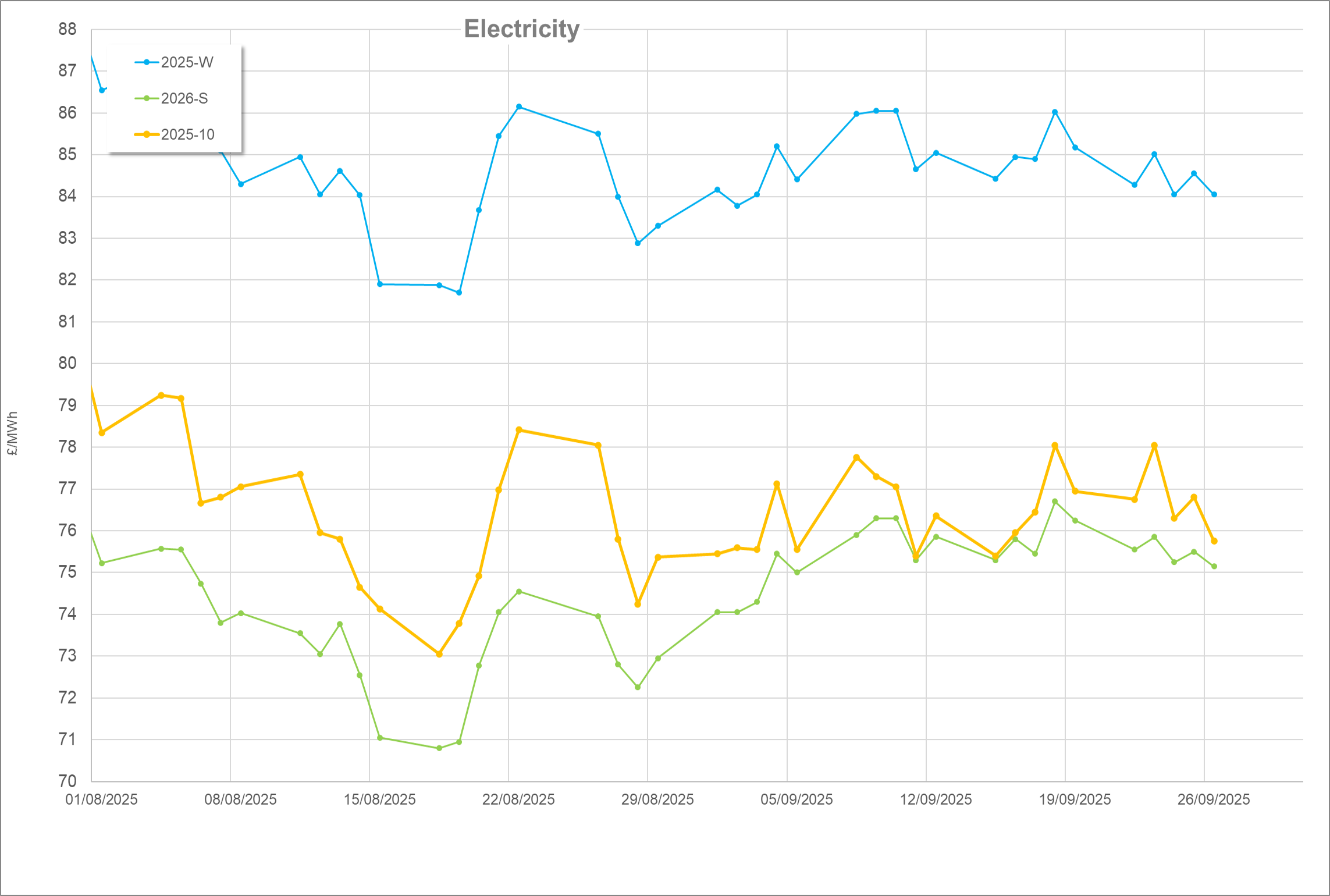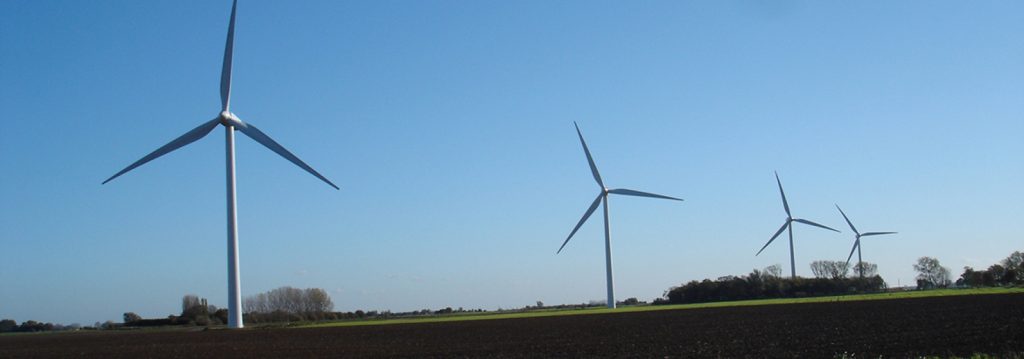
Landscape
Wind power frequently contributes between 10% and 60% of the UK electricity power grid. Although the onshore currently installed capacity is comparable with offshore, the planned developments heavily favour offshore. This is predominantly due to difficulties with planning permissions and restrictions on the maximum onshore turbine height.
| Project Status[1] | Generation Capacity (GW) | |
| Onshore | Offshore | |
| Operational | 15.0 | 14.7 |
| Consented | 7.5 | 16.4 |
| Under Construction | 1.3 | 5.1 |
| Total | 23.8 | 36.2 |
This has led to offshore developments benefitting from larger investments, growing progressively larger and more efficient with time. Onshore wind has not had the same advantages or investment.
Wind power
Although unreliable, wind power can have a high load factor with potential for large volumes of generation throughout the year, compared with other renewable electricity sources, which makes it an attractive investment.
Turbine output has a cubic relationship with wind speed; a typical power curve is shown below.
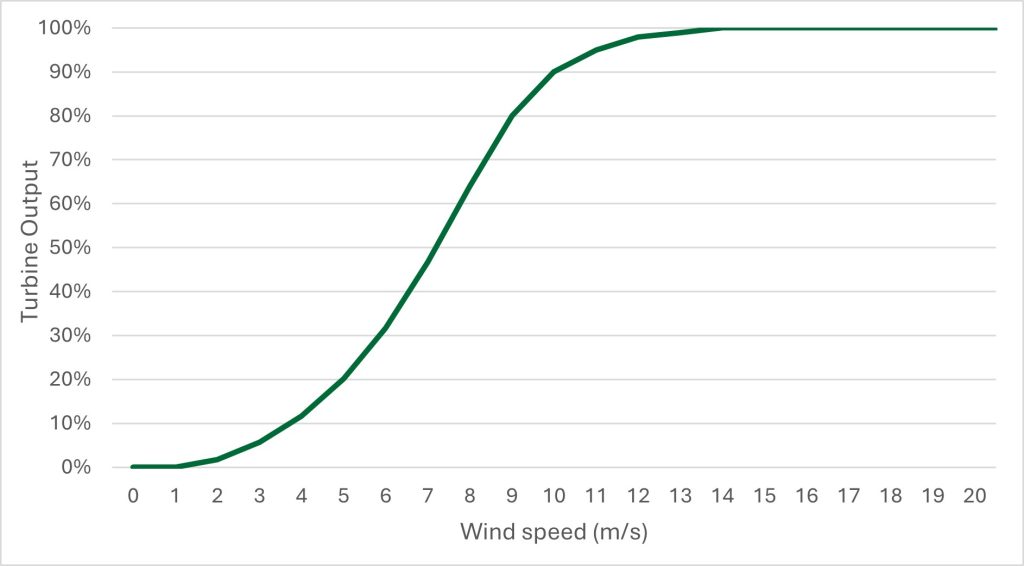
Most turbines kick-in around 2-5m/s, and reach peak generation between 10-13m/s. When wind speeds exceed around 25m/s, many turbines shut off to prevent damage.
Clearly, wind speeds at the generation site are essential for a viable wind project, and physical measurements should be taken over extended periods to determine the resource. Topography, buildings, and other obstacles all influence local wind speeds and direction. In theory, increasing the height of a turbine will remove the effect of these obstacles, but in practise, there is a limit to how tall any given turbine can be.
Siting
As well as limiting wind speed, turbulence from obstacles is also a concern. A rule of thumb is that turbulence from an obstacle with height (H) will affect a wind turbine up to a distance of 10x the height. Other considerations for siting are site buffers (interruptions to the flow of wind) and shadow flicker (effect of the sun shining through the rotating blades of a wind turbine, casting a moving shadow) assessments. Again, a rule of thumb is that a turbine should be sited away from site buffers (pylons, roads, railways etc.) at a minimum distance of 1.5x the tip height of the turbine. As well, shadow flicker can occur at a distance up to 10x the turbine rotor diameter.
In practical terms, 100kW turbines are typically around 30m tall, with blade lengths of around 10m. Therefore, a single 100kW turbine would need to be situated at least 60m from any site buffers, and 200m from any shadow flicker sensitive parties. As well, it should be around 70m away from a glasshouse that has 7m ridge height.
Finally, aviation links, radar/air communications, designated areas (SSSI, SAC, etc.), and flood risk sites will all affect where a turbine can be sited.
Planning
If wind resource is available, and a suitable location found, installing a wind turbine is not impossible. In September 2023, national planning policy was updated to grant approval for onshore wind developments if:
- The area has been identified as suitable, and
- The development has community support, with local impacts being addressed.
Although vague, this change does show a positive direction for wind power and will allow many projects to gain permissions, moving away from situations where a single complaint could shut down a project.
A key point in gaining permissions will be community approval and active engagement with them; this could come in the form of selling a portion of the generation locally through PPAs, knowledge sharing workshops/events, or other such schemes.
For more information on wind power, including preliminary resource assessments and feasibility studies, get in touch with NFU Energy.
This article was written by Eirinn Rusbridge.
[1] RenewableUK Association (January 2024)

